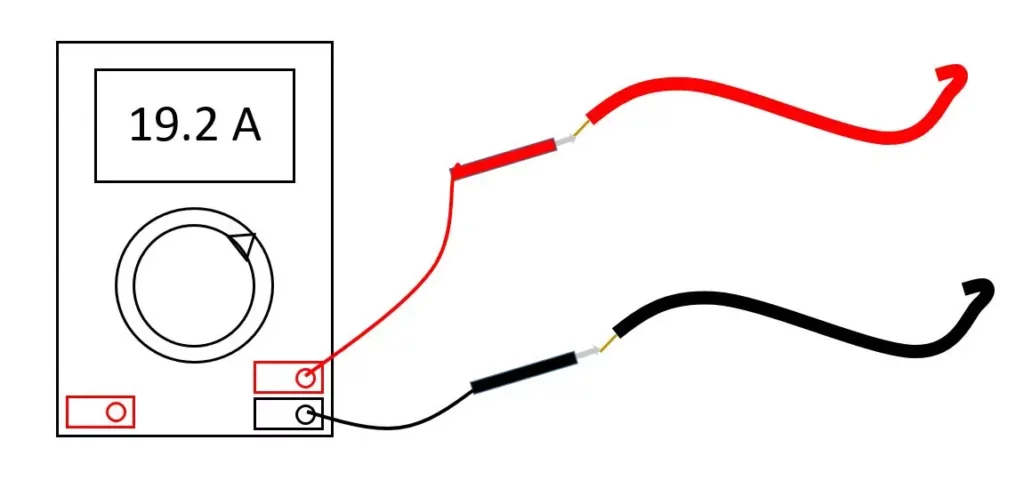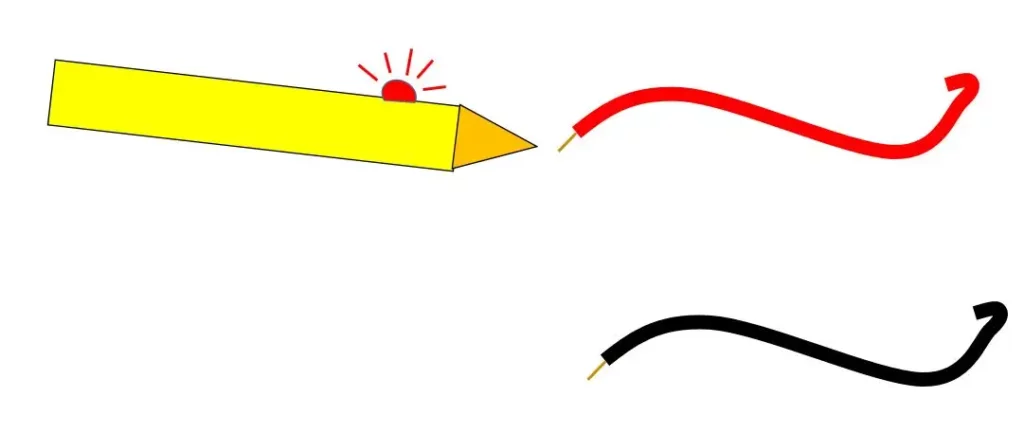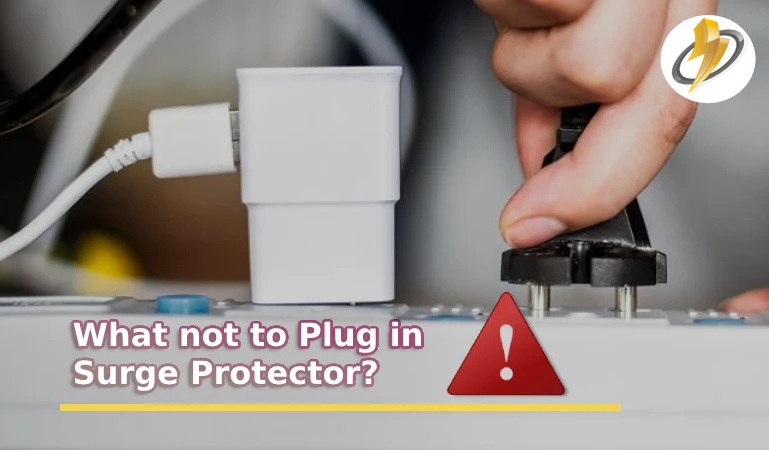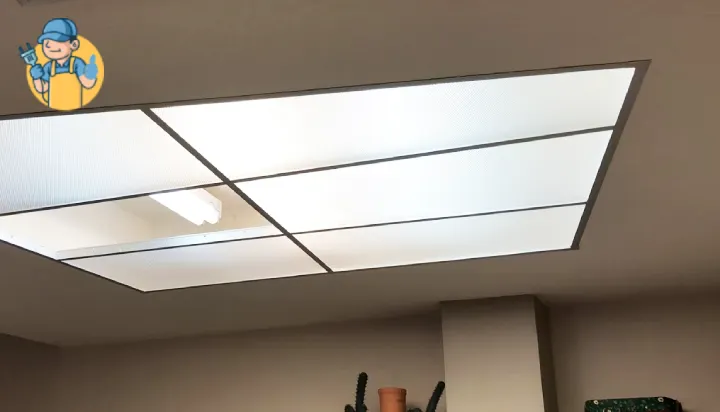Key Points:
- A multimeter can do more than just identify live wires, such as providing accurate voltage readings, current readings etc.
- A multimeter is not the only tool that can help identify live wires.
- Some tools such as non-contact voltage testers, tend to be safer to use than the others.
There are numerous reasons for testing and determining whether or not an electrical wire is live. If you’re installing a new light switch, renovating your home, or experiencing an electrical problem, you may need to do this.
But, the question for today is, “how to test live wire?”.
Live wires can be identified with the help of various tools. Such as a multimeter, a screwdriver or a tester, a non-contact voltage tester or a test pen etc. You are free to choose whichever tool you have at hand and feel comfortable using.
As previously stated, there are numerous methods for testing for a live wire, here in this article, I will demonstrate in detail how to use each of these technologies in a step-by-step procedure.

What is a Live Wire?
A live wire, often known as a hot wire, is a conducting wire that transmits electrical current in the form of pulsating voltage. I
A common question many people seem to have is, does the neutral wire carry current? Simply put, the answer is yes. It carries current from the hot wire, through the electrical component, back to the voltage source.
Shortening the length of neutral wire and increasing the sectional area of neutral wire can reduce the reactance of neutral wire and thus reduce voltage between neutral and earth.
How to Check If a Wire Is Live with a Multimeter?
A very common tool used by electricians to identify a live wire is with the help of a multimeter.
It not only detects live wires, but it also shows necessary and important information such as the supplied voltage, flow of electricity, resistance etc. In order to know how to test if a wire is hot with a multimeter, take a look below.

Testing for Live Wires with a Multimeter
- Locate the appropriate power outlet: Make sure you locate the power outlet where the wire you want to test is connected. Take out your tester and start it up. Insert your tester into the positive side of the outlet.
- Test for power using the tester: Place your tester on the negative side of the outlet. Because that is the negative terminal, the instrument should not show power.
- Place the multimeter accordingly: Turnon your meter and insert the probes. Connect one probe to the ground wire and the other to the socket’s positive hole. Leave one probe in the ground hole and replace it in the negative hold. Insert one probe into the positive hole and the other into the negative hole. During the ground and live wires test, you should get a reading of at least 100 or 120 volts.
However, if you do not have a multimeter at hand, it is not impossible to learn how to test live wire.
If you are wondering about how to test if a wire is live without a multimeter, worry not, there are other tools available for you. I will discuss in detail about these tools below.
How to Identify Live Wires Without a Multimeter?
As mentioned before, there are other tools that can help identify live wires such as, tester screwdrivers, non-contact voltage testers, test pens etc. The procedure to use this tools are described below.
How to Test Live Wire with a Tester Screwdriver
- Remove any coverings that may be obstructing access to the circuit you want to test. To test an electric outlet in your home, for example, you’ll need to remove the outlet cover’s screw and then the cover itself to gain access to the circuit.
- Determine an appropriate location to place the tester screwdriver. It is critical that the screwdriver tip make contact with a bare metal connection to the wire, rather than an insulated section of the wire.
- Touch the tester screwdriver’s tip to the wire you are testing while holding the tester screwdriver’s insulated handle. Examine the screwdriver’s handle. If the small neon light in the handle illuminates, electricity is being supplied to the circuit.
But, in case you do not have a tester screwdriver, it is a good alternative to know how to test if a wire is live without a tester screwdriver. In order to know how to use a test pen, which is a certain type of non contact voltage tester, take a look below.

How to Test Live Wire with Test Pen
- Verify: Place the non-contact voltage tester’s tip on a known live wire or system.
- Test: Use the tester to see if there is voltage in the wire or system that needs to be tested.
- Check: Repeat the test against a known voltage source to check that the tester’s batteries did not run out or that the tester did not malfunction during the test.
Using non-contact voltage testers is one of the safest way to test for, or identify live wires. It can also be used to search for various electrical wiring malfunctions as well.
Summary
In this article, I have covered most of the common solutions that you might follow to figure out how to test live wire. I have discussed here about multiple tools, as well as their particular method for detecting live wires.
However, as different tools require different techniques and contain different features, it is always a good practice to check the type of receptacle or wire you are testing before applying any of these tools to practical use.





